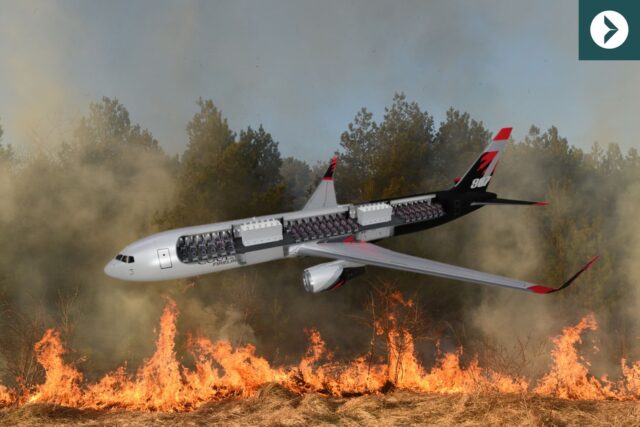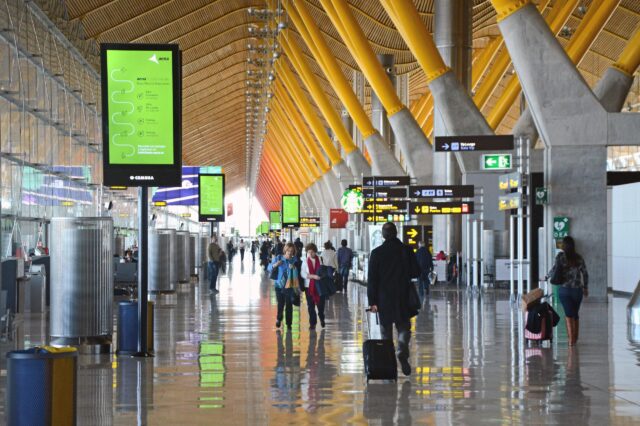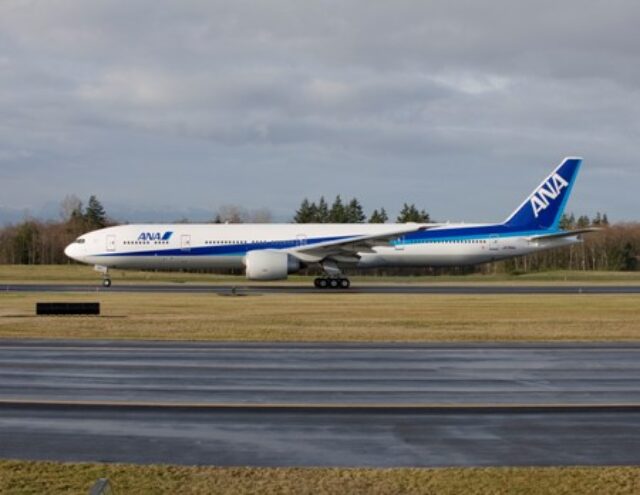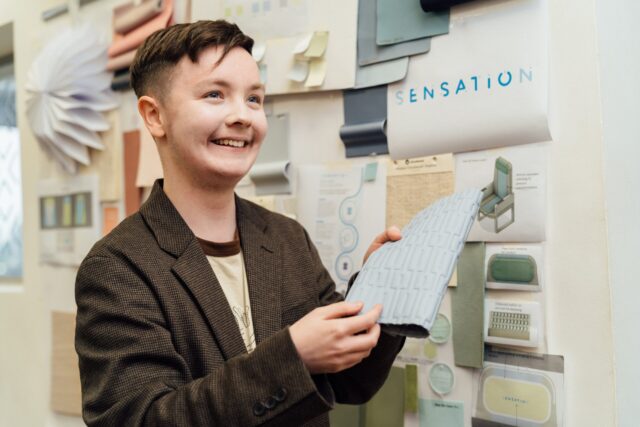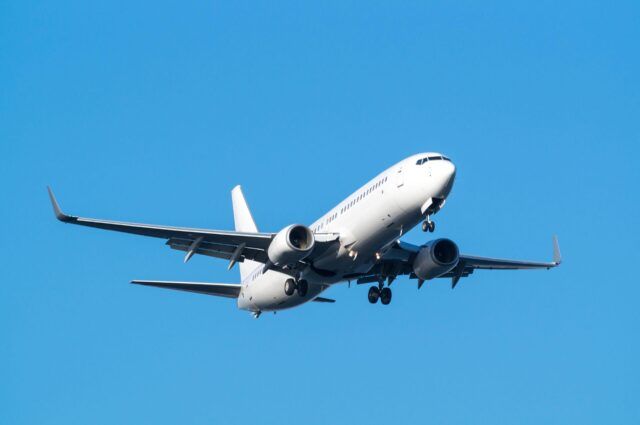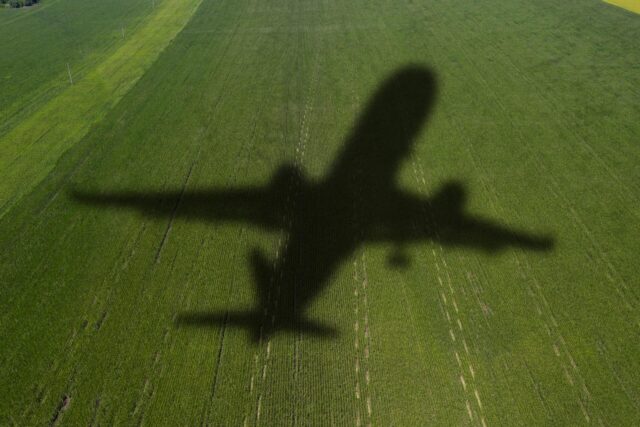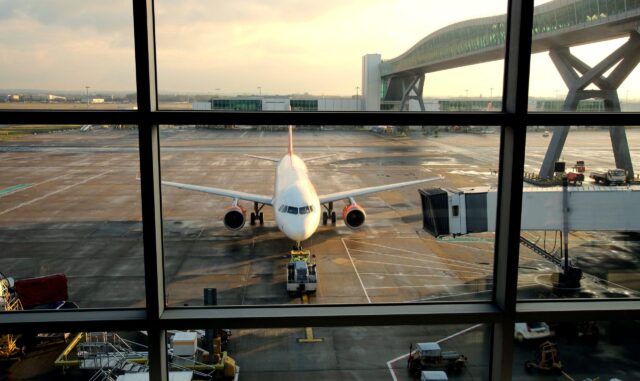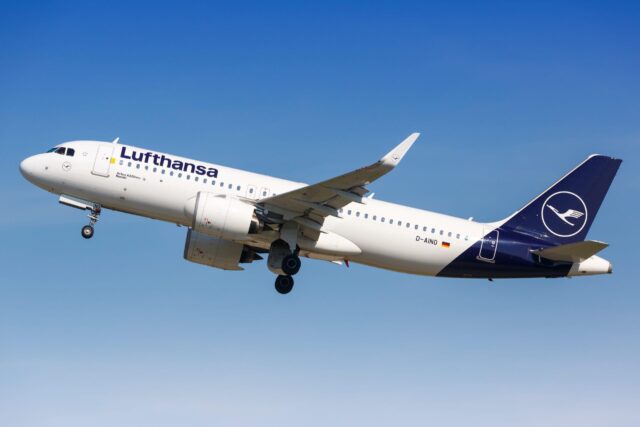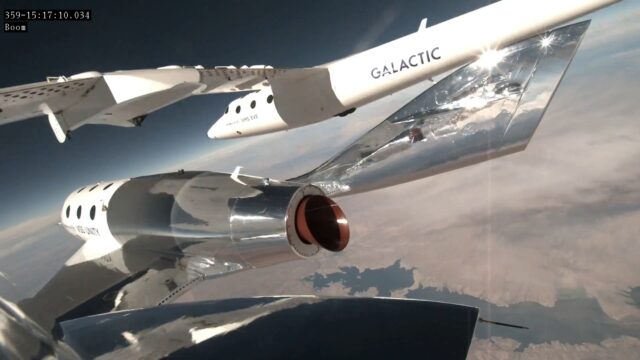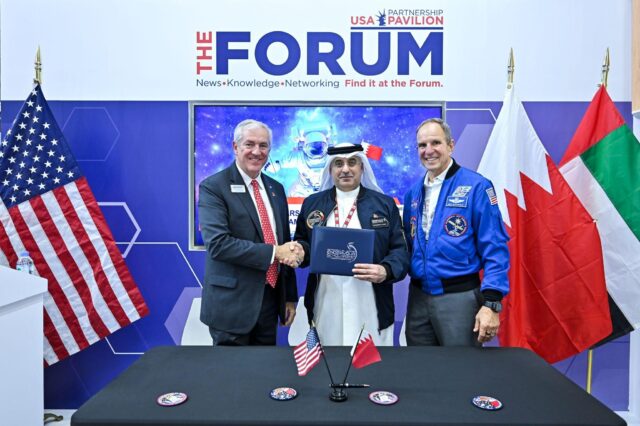Will Italy trade M-346 trainers for Kawasaki P-1 MPAs?
March 20, 2025

Italy has enjoyed some success with previous ‘part exchange’ type deals. The sale of Leonardo M-346s to Israel was balanced by an Italian purchase of the G550-based IAI CAEW aircraft and a military satellite purchase.
A similar arrangement with Japan could leverage the strengthening relationship between Italy and Japan as a result of Italy’s participation in the Global Combat Air Programme (GCAP) with the UK and Japan.
Japan’s ageing Kawasaki T-4 trainers will need replacing soon, and the M-346 could provide a good solution to the Japanese training requirement.
For Italy, there is an urgent requirement to replace the ATR-72MP-based Leonardo P-72A, with a target in service date of 2029. The P-72A is a useful maritime patrol aircraft, with its Leonardo Seaspray 7300 e-scan radar and Elettronica ELT800V2 ESM, but fundamentally lacks ASW capabilities. This is a shortcoming that is increasingly critical as the focus shifts from interdicting illegal immigrants, smugglers and EEZ protection to higher end maritime war-fighting. For Italy, this includes the need to face a growing submarine threat in the Mediterranean.
Italy has not had a true fixed wing ASW capability since the retirement of its last Breguet 1150 Atlantic patrol aircraft on 21 September 2017 after 45 years of service and more than 250,000 flying hours.
Italy’s tight timescales would seem to mitigate against the consideration of any developmental platform (such as the new Airbus A321MPA), and the ‘off the shelf’ options reportedly being looked at are the Boeing P-8A Poseidon, the Kawasaki P-1 and the Leonardo C-27J ASW, though the latter is not yet a production aircraft, and probably does not meet Italian payload/range and capability requirements.
Any new MPA/ASW aircraft for Italy will need advanced all-weather ASW and anti-surface warfare (ASuW) and multispectral ISR capabilities, secure long-range connectivity, and significantly greater range and endurance than the P-72A.
There has been speculaton that Italy might be interested in an ‘Italianized’ version of the Kawasaki P-1 to meet its requirements, using Leonardo/Elettronica systems to maximise domestic workshare/content, but this would not seem likely to be achievable in view of the required timescales.
With growing concerns about reliance on US ‘kit’, the four-engined Kawasaki P-1, which was developed as a dedicated MPA/ASW aircraft, may be able to challenge the dominance of the twin-engined, airliner-based P-8A.
